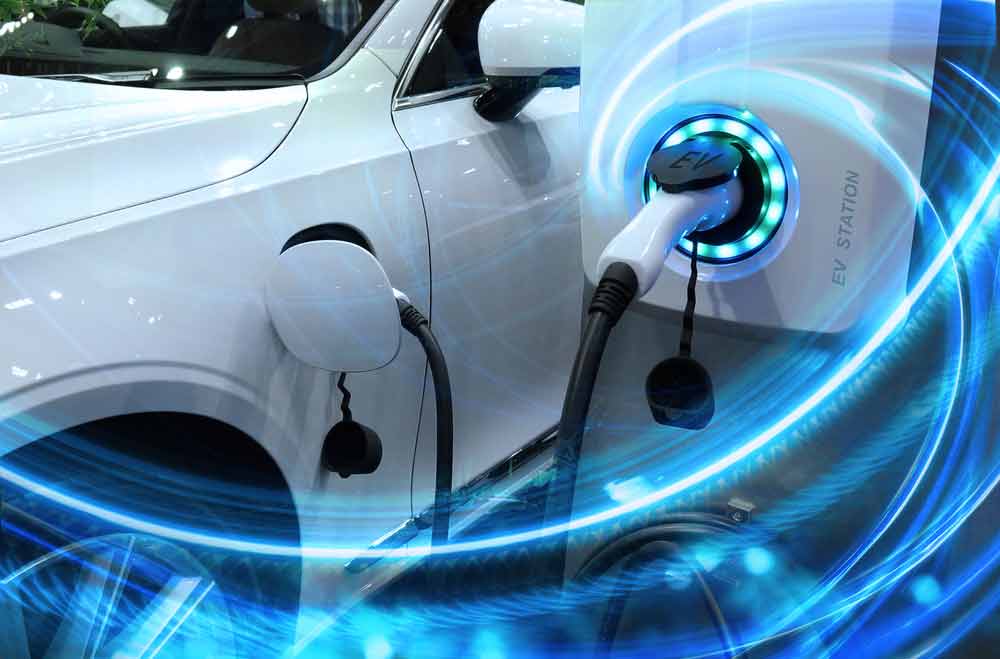The short answer is yes; electric cars can be towed. However, because they do not have a traditional engine, there are some considerations that must be taken into account when towing them. For starters, the battery pack of an electric vehicle must never come in contact with water or other liquids during the towing process. This means that if your car needs to be pulled from a ditch or body of water, it will need to be lifted rather than towed out.
Whether it’s for repairs or just for a move, it pays to know what kind of towing your car is capable of and how best to do it. Let’s explore the ins and outs of safely towing your electric vehicle.

Types Of Towing Your Electric Car Can Handle
Most electric cars can handle being towed, provided you use the proper equipment and methods. There are three main types of towing that apply to electric cars:
- flatbed towing,
- wheel lift/dolly tows and
- trailer-hitch tows.
Flatbed towing is the most preferred method because it eliminates any risk of damage that could occur with the other two ways—plus, it’s also more secure. To ensure nothing goes wrong during the process, be sure you have an experienced professional do the job.
Safety Considerations When Towing Electric Cars
Electric cars present unique safety considerations when being towed because they contain sensitive battery components that must remain intact throughout the process. To keep everything safe, you’ll want to follow specific steps before beginning the tow as well as during. Here are some tips for keeping everything in check:
- Make sure all doors are locked before starting a tow – this will help prevent them from opening while in transit and potentially causing damage along the way.
- Check all fluid levels prior to starting a tow – this includes things like oil and brake fluid levels so that they don’t get too low while being towed.
- Be sure not to exceed certain speeds – this will help ensure no damage occurs due to vibrations or excessive movement on bumps in the road.
- Remove any items from inside the vehicle before beginning a tow – this includes things like electronics, documents or anything else that could fly around during transit.
Finally, when preparing your car for a tow service make sure you turn off all power sources such as lights and air conditioning before disconnecting any cables or wires from the battery pack itself. This will ensure that no current passes through any systems while your vehicle is being hooked up for transport and will help prevent accidental damage caused by surges in electrical current during transit.
Conclusion
Towing your electric car is possible if done properly using safety precautions such as those listed above. For added peace of mind, opt for flatbed towing whenever possible—it’s both secure and prevents any potential damage from occurring during transit. Of course, if you’re uncertain about anything at all when it comes time for your electric car’s next big move, be sure to consult with Mick’s Towing Service, who can advise you further on what steps should be taken when transporting your electric vehicle safely and efficiently.
It is possible to tow an electric vehicle as long as certain precautions are taken first. Be sure that you familiarise yourself with these steps before attempting to do so yourself or calling for professional assistance. Taking just a few moments ahead of time could save you hours of frustration down the line!
Need a tow truck? At Mick’s Towing Service, we tow and transport cars, boats, caravans and much more for residential and commercial clients throughout the Gold Coast. Call 0411 715 630 to book. We are available 24 hours a day, 7 days a week.



